Who knew that having an ostomy would be such an enlightening journey?
I was terrified. But my ostomy was just the beginning of this new experience for me and my entire family. When I received my first ostomy, it was an emergency surgery. There was no time to prepare, learn or even have a voice. It was life or death, and since I spent the previous three decades fighting for my life, I chose the ileostomy. Up until that point, I knew nothing much about an ostomy, other than I didn’t want one. When I considered that point, I realized it was because of the cavalier attitude of a medical professional, who told me,“what’s the big deal, a lot of people live with ostomies.”
I quickly learned that I had to live that Possibility Lifestyle. I learned that I was in charge of my mindset and could change it at any time with a little motivation. I don’t want to give the impression that it was easy, because it wasn’t. But I would need to learn because I was being discharged. When I got home, I decided to take myself to ostomy school. I did as much research as I could, in order to be able to function and live some quality of a life.
It was very difficult and took about 90 days to get accustomed to my new best friend. By the time I was beginning to accept my ostomy, I was given the date for my takedown. I still had a month to go and I had already lost 100 lbs. I was already counting down. I believe that my biggest challenge with my first ostomy, was the fact that Crohn’s Disease had ravaged my body. So, it wasn’t just the ostomy, but I was so weak and depleted, and unable to absorb any nutrients. At one point, I had a TPN line to feed me.
When the day came for me to go to the hospital, I celebrated and gave away all of my ostomy products to patients that I thought could use them. Simply said, I was done and over it. My recovery didn’t happen as quickly as I wanted, which required me to be patient and work my P.L.A.N.© I needed to Prepare and figure out what my diet would be to help me put some weight on. I was down to 98 pounds. I had to Let go of the shame that I was feeling, realizing that all of this was out of my control. I had to ask for help, because I just didn’t have the strength to do it myself. And I vowed to Never give up, because I desperately needed to live The Possibilities Lifestyle.
I knew that the possibilities for my life were endless, if I could just hold on. I just had to believe.
It took me about 12 weeks to be strong enough to go back to work. I had to believe, that just maybe my doctors and nurses were right. Everyone couldn’t be wrong. The messaging was consistent. “God must have something special for you to do”. Every time I met a new medical provider who reviewed my record, they would say, “Wow you have some story. You must have something important to do, with all that you have been through.” The Residents would ask permission to interview me.
I truly believe that when you receive an assignment from God, you will have the necessary experiences and pressure to become masterful. Just like the pressure needed to produce a diamond. I have learned so much with each surgery and recovery.
Fast forward six years. And here we go again. Crohn’s disease was causing significant problems with my health. After a conversation and encouragement from my gynecologist, I called my surgeon and made an appointment. After numerous tests, we made the decision to move forward with another Ostomy. This time a colostomy. (A colostomy is a surgical opening in the large intestine that is brought through the abdominal wall). This surgery was different, in that I initiated the conversation. I was armed with information and I had some semblance of control. This all matters in your perception of your ostomy.
Climbing the valley after this surgery started like the others, on a walker and a liquid diet. And the determination needed to propel myself forward was there as well. I was looking up knowing I had made the right decision. I began sharing and supporting other ostomates in monthly meetings at the hospital.
The more I encouraged others the better I felt about my own situation.
I began working with a life coach who encouraged me to be kind to myself and set goals that continued to positively impact my recovery and healing. This was the best thing that I could do. I knew from my conversations with ostomates that they needed an adjustment period and continuous support. With everything I shared, she continued to reinforce that my story was no longer mine. She said “do you think you went through all that you did, just to suffer?” My answer was no. I already knew what I had to do. It was all in the Value of the Valley. If you want to know how that turned out, stay tuned.
Your Ostomy is Just the Beginning Part 1
Editor’s note: This educational article is from one of our digital sponsors, ConvaTec. Sponsor support along with donations from readers like you help to maintain our website and the free trusted resources of UOAA, a 501(c)(3) nonprofit organization.

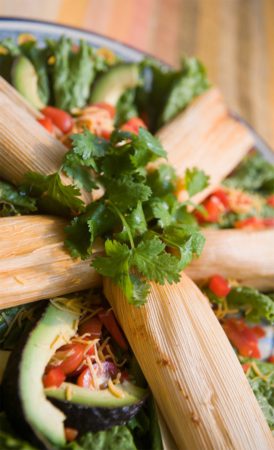 not in the holiday spirit. That doesn’t mean you need to deprive yourself, though. Just choose wisely.
not in the holiday spirit. That doesn’t mean you need to deprive yourself, though. Just choose wisely.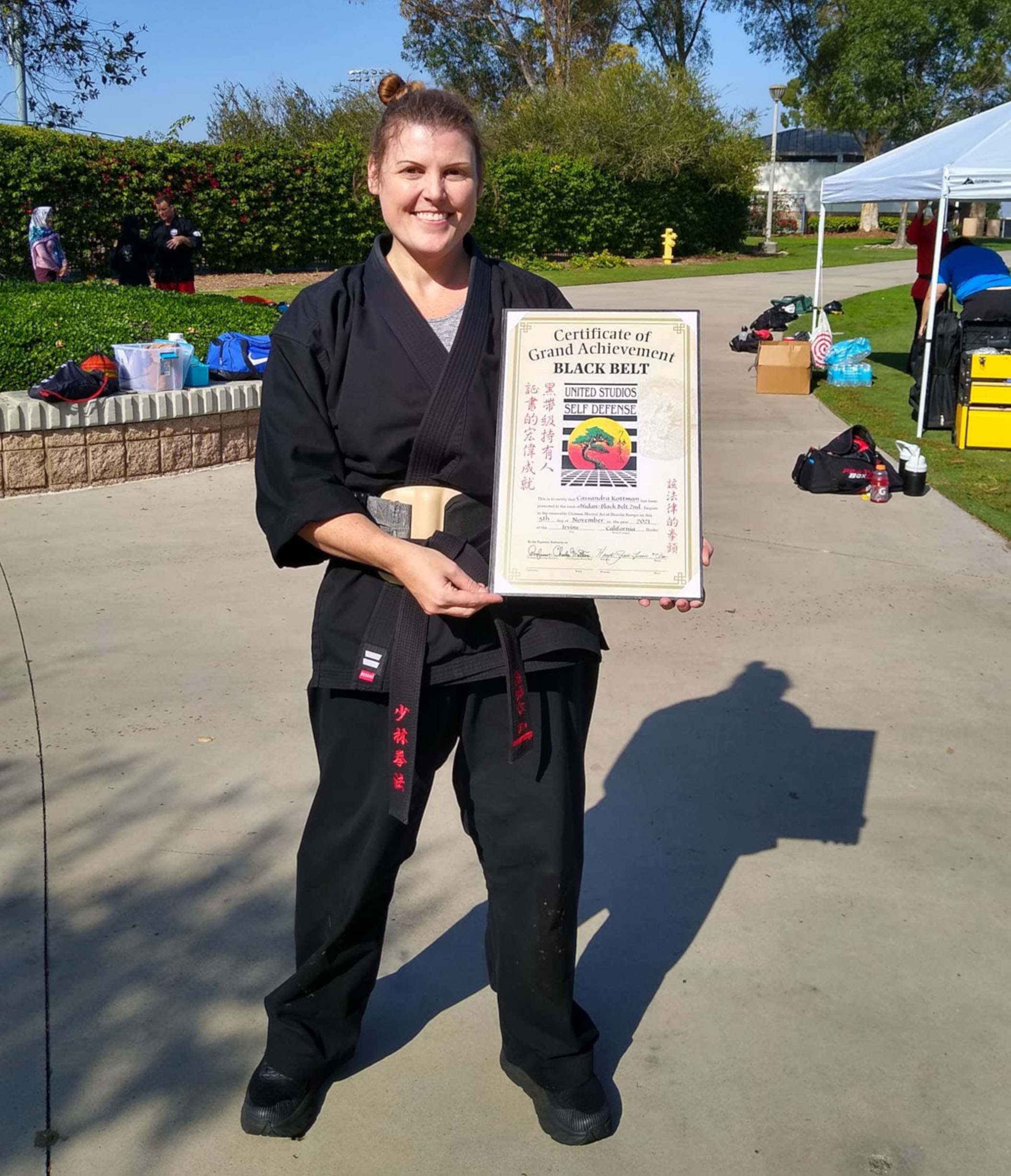
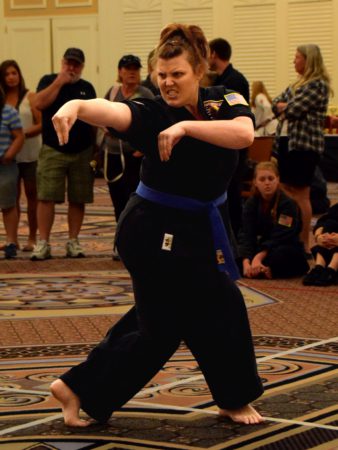 Because of the trauma I had gone through and my passion to continue training, I was inducted into the U.S. Martial Arts Hall of Fame as 2017’s Woman of the Year. Happy to say I am the first ostomate to ever be inducted. It’s a little weird to say, but I actually inspired myself, knowing everything I had gone through, and that I pushed myself to be my best. So, I continued to push my training to where I was able to train 3-4 hours 5 times a week. In 2018, I was invited to perform for the Abbot and test for my black belt at the Shaolin Temple in Dengfeng, China, which was a tremendous honor.
Because of the trauma I had gone through and my passion to continue training, I was inducted into the U.S. Martial Arts Hall of Fame as 2017’s Woman of the Year. Happy to say I am the first ostomate to ever be inducted. It’s a little weird to say, but I actually inspired myself, knowing everything I had gone through, and that I pushed myself to be my best. So, I continued to push my training to where I was able to train 3-4 hours 5 times a week. In 2018, I was invited to perform for the Abbot and test for my black belt at the Shaolin Temple in Dengfeng, China, which was a tremendous honor.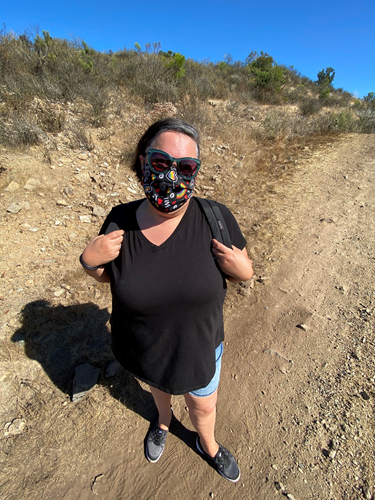 As a person with a complicated medical history, I was definitely paying attention, and started taking precautions very early to mitigate risk. As anyone who lives with a compromised immune system and chronic illness knows, when we get sick, it can have a way of snowballing.
As a person with a complicated medical history, I was definitely paying attention, and started taking precautions very early to mitigate risk. As anyone who lives with a compromised immune system and chronic illness knows, when we get sick, it can have a way of snowballing.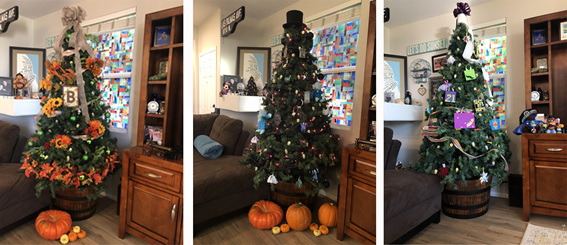
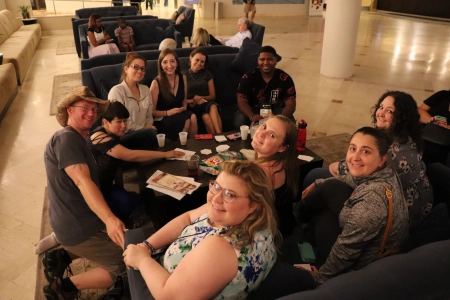
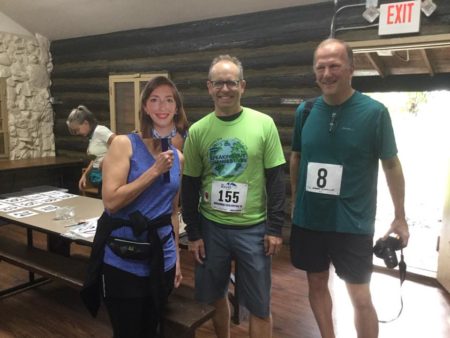
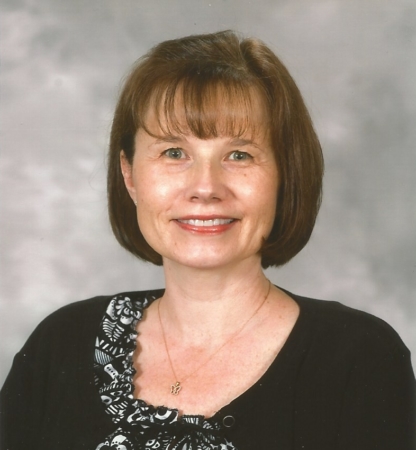
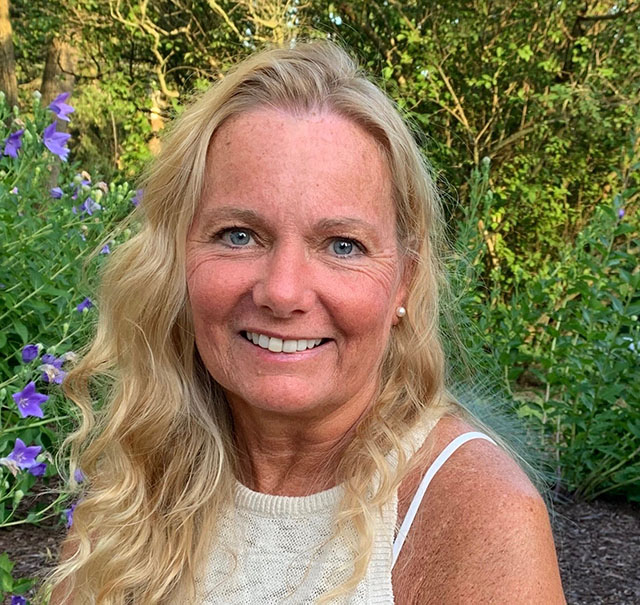

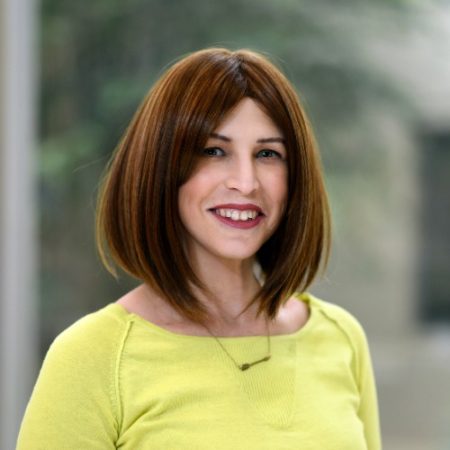


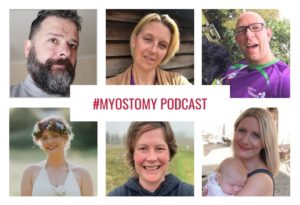
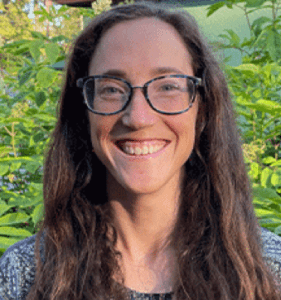 enjoying a highly active lifestyle. So when I found out that I needed a stoma revision, I knew that my recovery would look very different from my previous surgeries. I knew that in order to improve my recovery time, decrease my risk for complications, and get back to the mountains, I had to put in more work.
enjoying a highly active lifestyle. So when I found out that I needed a stoma revision, I knew that my recovery would look very different from my previous surgeries. I knew that in order to improve my recovery time, decrease my risk for complications, and get back to the mountains, I had to put in more work. As you start your journey to recovery, you’ll experience that life after ostomy surgery is a new reality. No matter how far after surgery you are, you will need to adapt to your condition and cope with your new situation. If you’re looking for additional support during your ostomy journey, consider enrolling in Coloplast’s free online support program, Coloplast® Care! It is a personal product support program designed in collaboration with nurses to provide you with individualized product support and lifestyle education, and product access coordination. Coloplast Care is available when you need it – whether it is through our online educational resources offering reliable product and lifestyle advice, news and tips customized for your situation, or over the phone with our team of dedicated Ostomy Advisors. We’re here to help!
As you start your journey to recovery, you’ll experience that life after ostomy surgery is a new reality. No matter how far after surgery you are, you will need to adapt to your condition and cope with your new situation. If you’re looking for additional support during your ostomy journey, consider enrolling in Coloplast’s free online support program, Coloplast® Care! It is a personal product support program designed in collaboration with nurses to provide you with individualized product support and lifestyle education, and product access coordination. Coloplast Care is available when you need it – whether it is through our online educational resources offering reliable product and lifestyle advice, news and tips customized for your situation, or over the phone with our team of dedicated Ostomy Advisors. We’re here to help!

